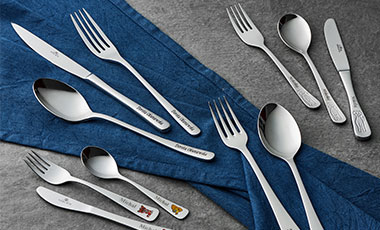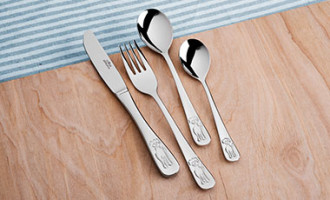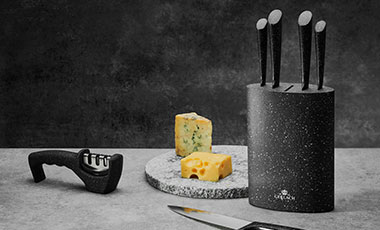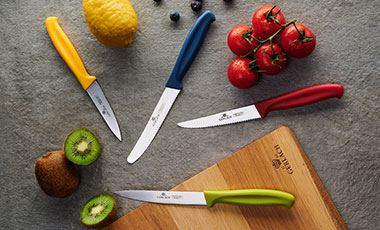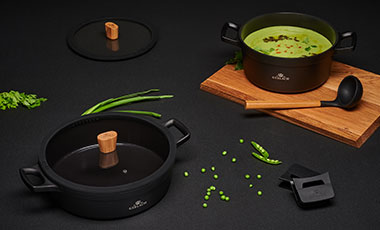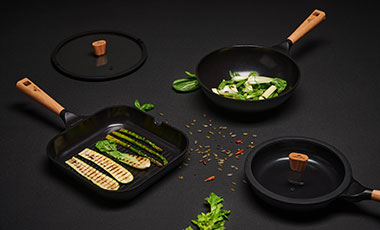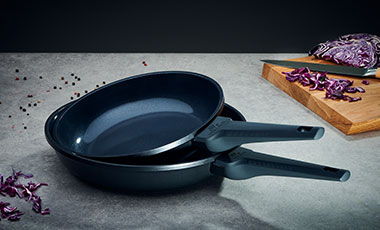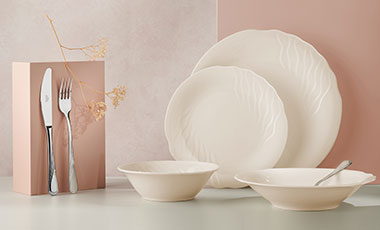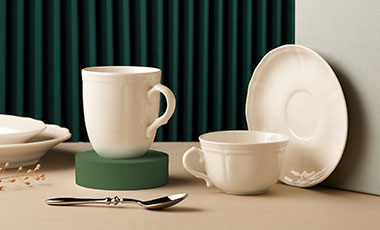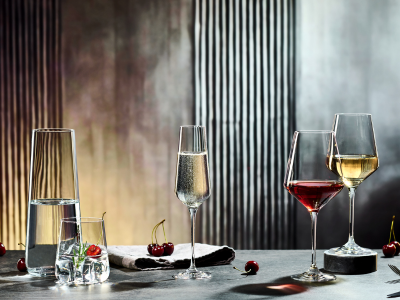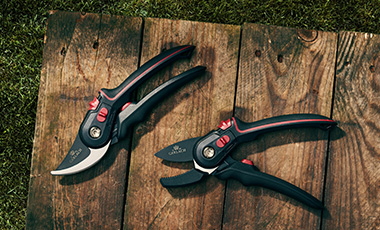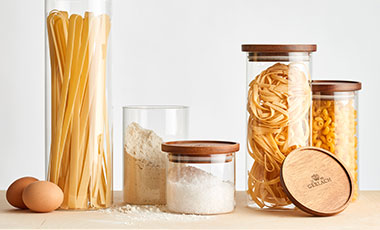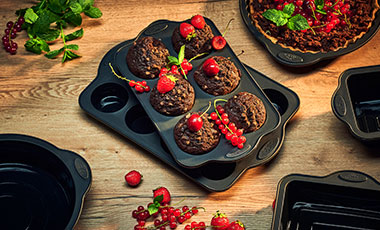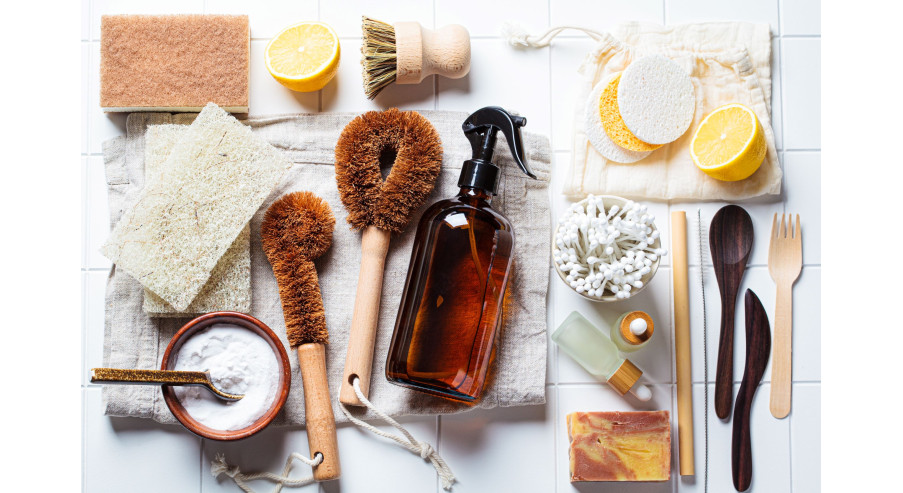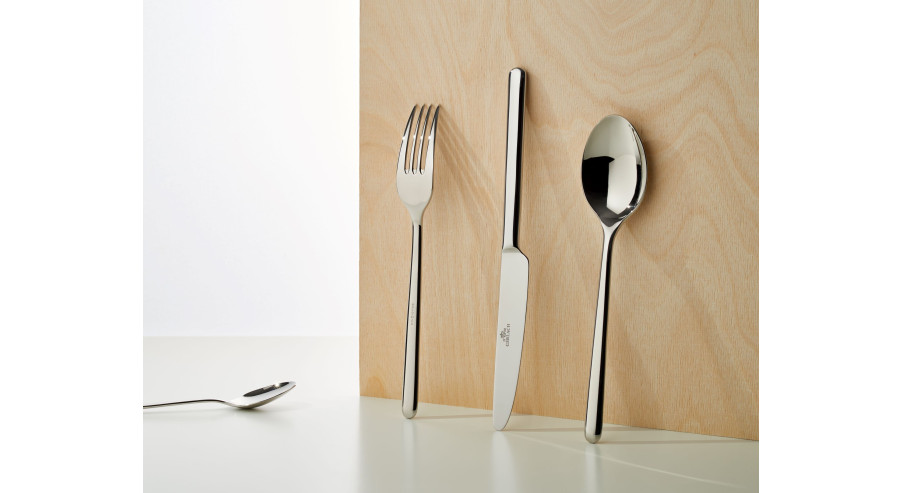There are plenty of various frying pans you can buy in a shop, so it may be a real challenge to find a perfect cookware for your kitchen. Before buying try to think about the dishes you cook most of the times and how much you can spend for one frying pan. To help you with shopping dilemmas, we have prepared the list with different types of pans and their description.
Iron, aluminum or steel pan – which material is the best?
Pans are mostly made of iron, aluminum or steel. Their properties influence on heat conduction, and consequently on the way and the time of frying.
Iron frying pan
The great advantage of iron frying pans, in comparison to aluminum or steel pans, is their solidity and durability. They will definitely serve us in the kitchen for many years. Additionally, an iron pan is generally appreciated because of the fact that it brings the flavor out in a subtle way, and it enables the thermal meat and vegetables processing in high temperatures without the risk of burning the ingredients. Admittedly, iron pans need more time to be warmed up, but they are great in keeping and distributing heat. Thanks to their ferromagnetic proprieties, they can be used on induction cookers. Their another advantages is that they can be put in ovens. After buying a frying pan, remember to read an instruction concerning the methods of impregnation. In most cases, a pan should be wiped with fat before first frying in order to close small pits in the structure of cookware. Be aware that iron pans are the most expensive and heaviest cookware which are available on the market. Because of those reasons, many people resign from buying them. In addition, some acid food like vinegar, lemon or sauerkraut should not be stored in iron pans – they can cause the discoloration of cookware.
Steel pans
Pans made of stainless steel, as iron pans, are characterized by great durability and solidity. They are also lighter than iron pans. The significant advantages od steel cookware is their resistance to corrosion, scratches and high temperatures. Steel pans warm up longer than aluminum cookware, and consequently they give heat slowly. As a result, after taking a pan away from a hob, the food is still hot and delicious. Moreover, steel cookware can be used in dishwasher and oven. However, steel frying pans are not suitable for all users. They definitely demand more attention during the first fryings than other vessels. They must be quenched and well-warmed before the first uses – to minimalize the risk of sticking food to the surface.
Aluminum pan
Aluminum pans covered with coatings perfectly conduct heat, so they are a great helper when we want to quickly fry meat, fish or vegetables. What is more, they are light and easy in cleaning. However, they are less durable than aforementioned cookware.
Pan coatings
Generally, thanks to coatings, fried food does not stick to a pan, and a vessel is easy in cleaning. The most popular coatings are made of ceramics, teflon or titan.
Ceramic coatings
Ceramic coatings are a very popular type of coatings. They are usually made of minerals or clay which is baked in high temperatures. A dozen of customers decide to buy this pan because ceramic coatings are resistant to scratches, food does not stick to the surface and heat is evenly distributed on the bottom of the pan.
For food preparation, it is recommended to use silicone utensils which do not scratch coating. Remember also not to overheat a pan because it can result in damage of surface. If you look for an excellent pan with ceramic coating, choose the Natur frying pan.
Teflon coating
Teflon coatings, as ceramic coatings, evenly distribute heat, reduce the risk of food sticking to a pan, and they are easy in cleaning thanks to smooth surface. For stirring and turning food, it is recommended to use silicone or wooden utensils – they do not scratch coating. Although teflon coatings are characterized by good price, some customers will not decide to buy it because of PTFE materials which they are made of.
Titan coating
This coating is the most durable of all coatings. It evenly distribute heat on the whole surface and prevents from sticking food to a pan. It does not need a big amount of fat or oil for frying. However, it is the most expansive pan among all aforementioned cookware.

